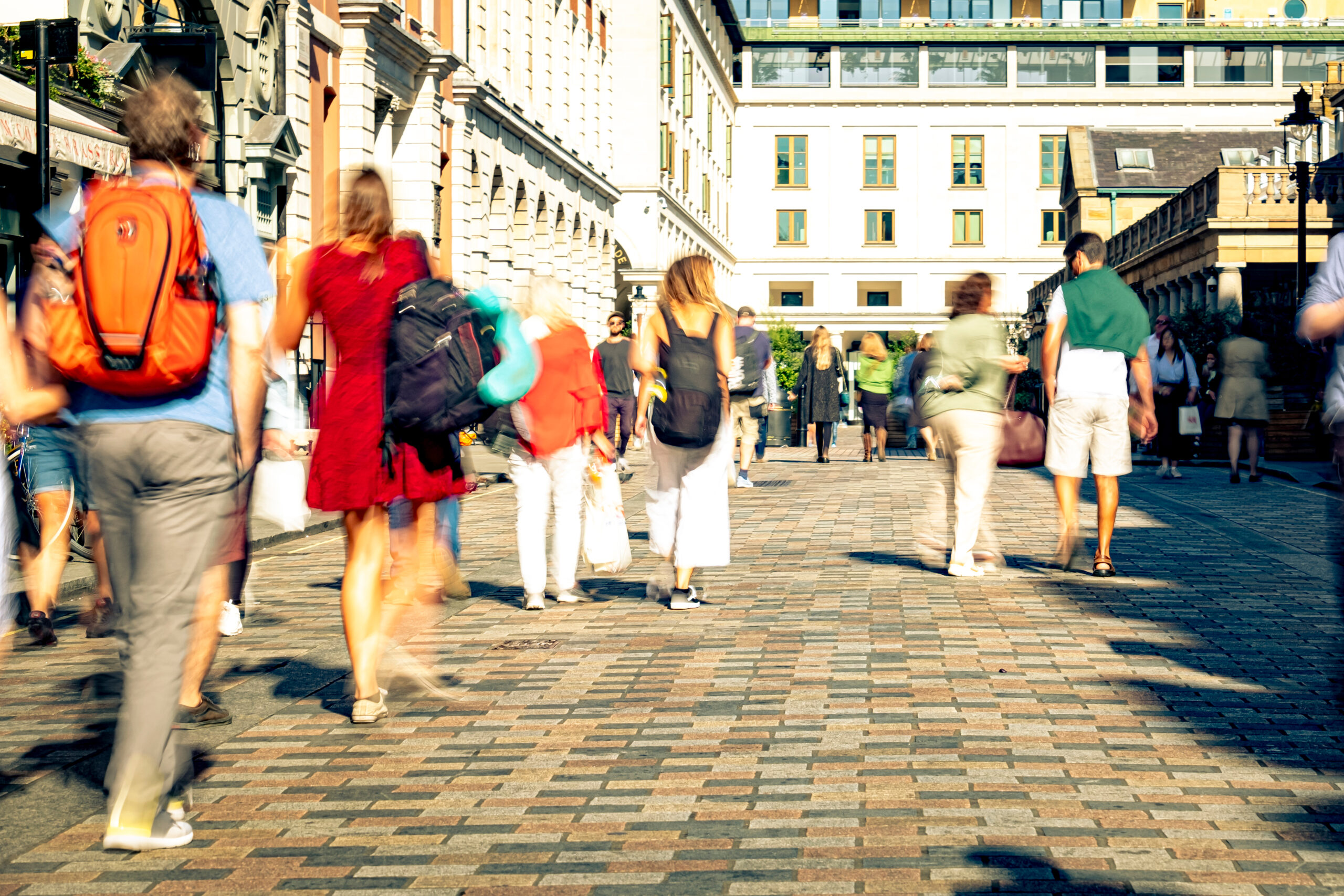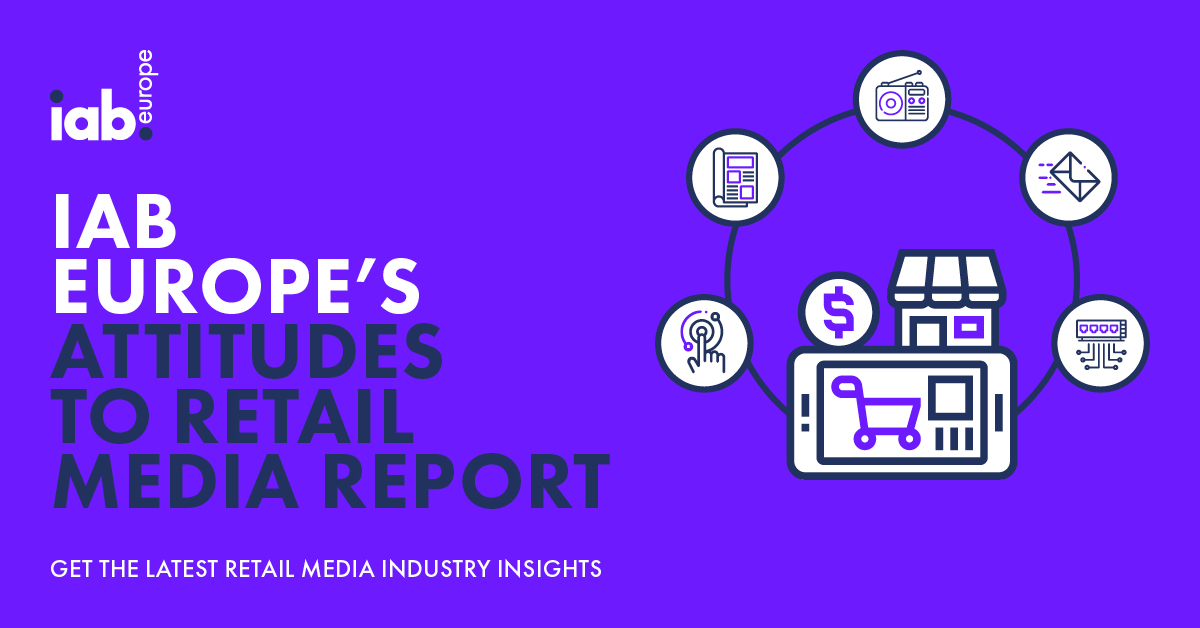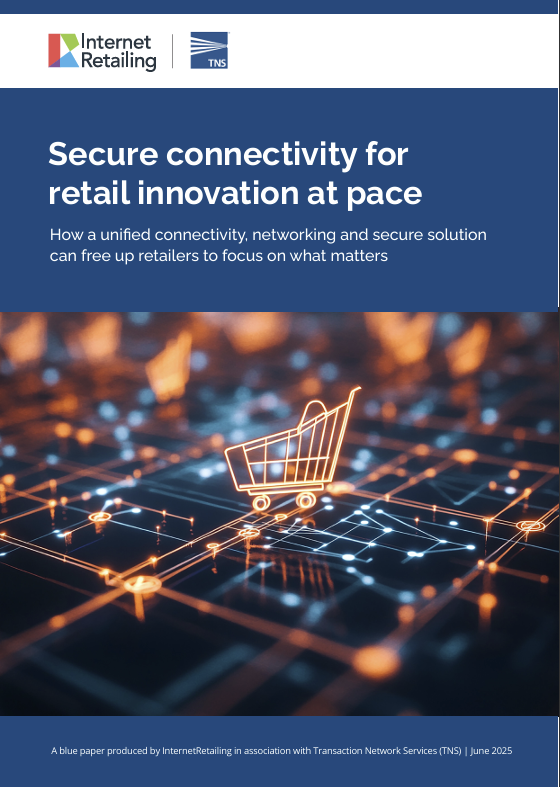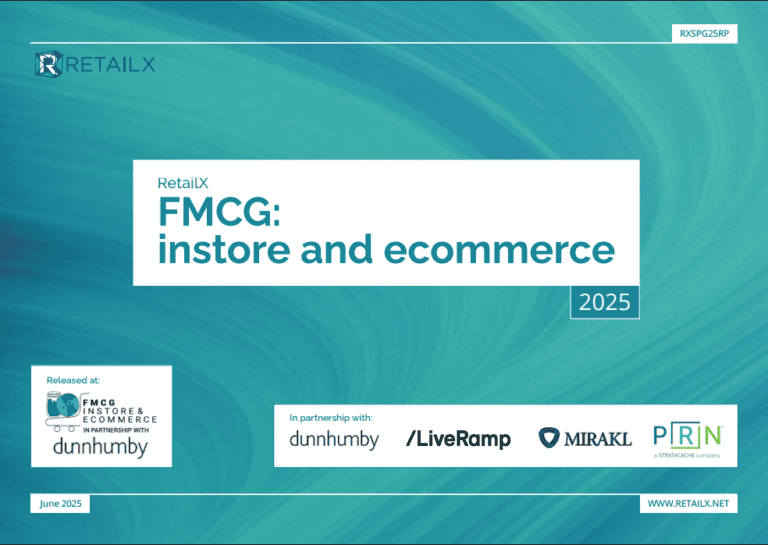As we’ve reported in eDelivery previously, at last month’s Nordic Delivery Conference, the use of robot technology in the fulfilment and delivery industry was hotly debated. It’s a technology that affects both logistics employees and online consumers, in both positive and negative ways. How does the logistics industry handle consumers’ demands for quality and price of delivery?
The latest technology in logistics and transport was presented at Nordic Delivery Conference 2016, which included both drones, driverless cars and robots designed to streamline the delivery process. Robot technology was also a hot topic in the conference’s panel debate, where anthropologist Anna Kirah expressed her concerns about the increasing use of robot technology, because it may damage the buying experience, if we forget the human touch:
“It worries me that technology that is designed to make our lives easier, instead enables us to do several things at the same time. This stresses our brains. In line with the increasing use of technology, we are as humans more stressed, depressed and lonely than ever. I am not against technology, but we must make sure to incorporate the human touch in our technology, service and products.”
Markus Kückelhaus from DHL was more reflective, as he believes technology and humans can be combined without damaging the customer experience:
“The greatest potential for technology and automation is at the warehouse, in relation to relieve warehouse staff in their hard physical work with heavy lifting and repetitive motions, and with the increasing number of e-commerce orders that are sent today. I believe that we must proactively talk with people about how they can use technology to do their work differently, and how it affects them psychologically, physically and socially.”
Sandrine Lagrost from UPS agreed with Kückelhaus and added that it is precisely the combination of technology and people that makes delivery services flexible and efficient, and this is necessary in relation to consumers’ demands and expectations.
Expectations vs cost
It is a fact that consumers have higher demands for delivery. They want more delivery options, a precise time of delivery, track-and-trace, and ultra-fast services. This is a huge challenge that logistics providers have to take into account when they price new services, Kückelhaus told the NDC audience, because who will pay the shipping costs? The retailer, end customer or the carrier?
Anna Kirah believes that consumers are willing to pay the costs if the service meets their needs:
“We want to pay, because we have a need, and if you supply us that need with a smile on your face, we are more than willing to pay. If companies are talking to consumers’ needs instead of focusing on making money, it makes a big difference to the consumer’s experience.”
On the carrier side, Markus Kückelhaus and Sandrine Lagrost agree that there is much value in human contact, especially within the last-mile delivery, where Lagrost believes that humans still will be a big part of last-mile services in the future. Kückelhaus hopes that future delivery services also contain more sustainability:
“We are willing to pay for ecology and sustainability when shopping groceries. Why not transfer this to logistics and delivery? We are constantly talking about next-day and faster delivery, but maybe we should talk more about de-stressing the supply chain. How about offering a service where we deliver the goods within a week but in a more sustainable way?”
Whether the future holds robots, technology or sustainability, the panelists agreed that remembering the human element in this technological revolution, on both the sender and receiver side in relation to daily work tasks, communication, usability and service is essential.








